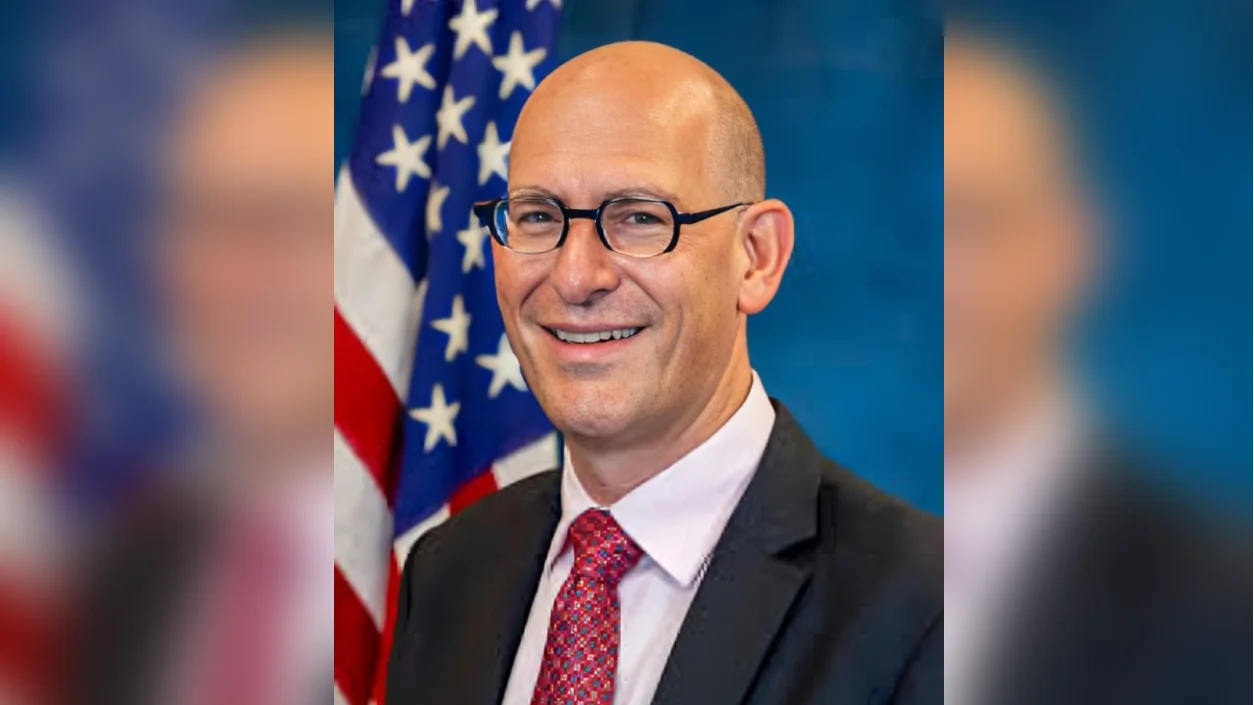On June 26, the United States and the Philippines signed an agreement to fund technical assistance for the Subic-Clark-Manila-Batangas (SCMB) Railway. This project aims to connect three major ports in Luzon and ease congestion at the Port of Manila.
The signing ceremony took place in Arlington, Virginia, with key figures such as U.S. Trade and Development Agency (USTDA) Acting Director Thomas R. Hardy and Philippines’ Department of Transportation (DOTr) Secretary Vince Dizon present. The railway is part of an initiative to link economic hubs under the Luzon Economic Corridor.
Secretary Frederick D. Go highlighted that "the railway project boosts the initiative of linking major economic hubs under the Luzon Economic Corridor." He also mentioned that it will drive economic growth by improving connectivity between ports and industrial hubs, attracting investments, creating business opportunities, and generating jobs for Filipinos.
USTDA's involvement includes transport model development, port-rail integration study, and legal framework analysis. Thomas R. Hardy stated that "this project underscores the U.S.-Philippine alliance’s vital role in maintaining a free and open Indo-Pacific region."
Transportation Secretary Vince Dizon noted that the freight cargo railway will help decentralize Manila Port while providing additional capacity at Batangas Port and Subic Bay. He expressed gratitude to USTDA for their assistance in developing this infrastructure.
Dizon emphasized that "as a freight cargo railway, the SCMB Railway is seen to solve port traffic and congestion in Manila Port," ensuring timely movement of goods between major transport hubs.

